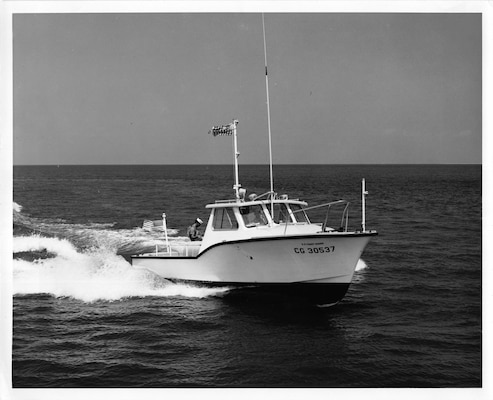Islander Kathi O'Neal Weiss recently shared with me the following Civilian Service Award presented to her father, Leroy O'Neal, in 1946. It is the story of her father's heroic act to save a fellow worker who nearly drowned. The story is reprinted from the “Binnacle,” an in-house publication of the
Philadelphia District of the U.S. Army Corps of Engineers.
On a small island about 2 miles wide, south of Cape Hatteras, and off the coast of North Carolina is situated the town of Ocracoke, population 600. Not so well known perhaps as New Bedford or Gloucester, the mere mention of which creates vivid impressions of great whaling and fishing fleets and zestful tales of the daring, fortitude, hardships and adventure of its hardy seamen. Nevertheless, this small community of Ocracoke, long steeped in the rich and colorful traditions of the sea, has for decades provided seafarers whose dependence upon their natural heritage is sufficient for any occasion. The recent exploit of one of the island’s native sons is but added testimony to this fact.
Leroy O’Neal, age 17, and a deckhand on the Dredge CLATSOP since February 1946, was engaged in helping Launchman Allen B. Williams take condemned property aboard the CLATSOP’S launch on 4 April 1946. Without warning, a heavy seaway, caused by a passing tugboat, parted the launch painter [a rope that is attached to the bow of a dinghy, or other small boat, and used for tying up or towing] causing the launch to capsize. O’Neal jumped overboard clear of the launch. Williams, however, was trapped inside the launch cabin entangled by old condemned rope and other ship’s gear. Meanwhile O’Neal, swimming some distance away, observed that Williams had not followed, and quickly realized the man had been trapped. Giving little thought to the dangers of the thrashing dredge propeller, O’Neal returned to the disabled craft, which had drifted toward the stern of the dredge. Kicking in the side cabin windows he assisted Williams out of his serious predicament.
Mr. O’Neal has been commended by the district Engineer for his quick thinking and splendid performance which narrowly averted a fatal accident.







